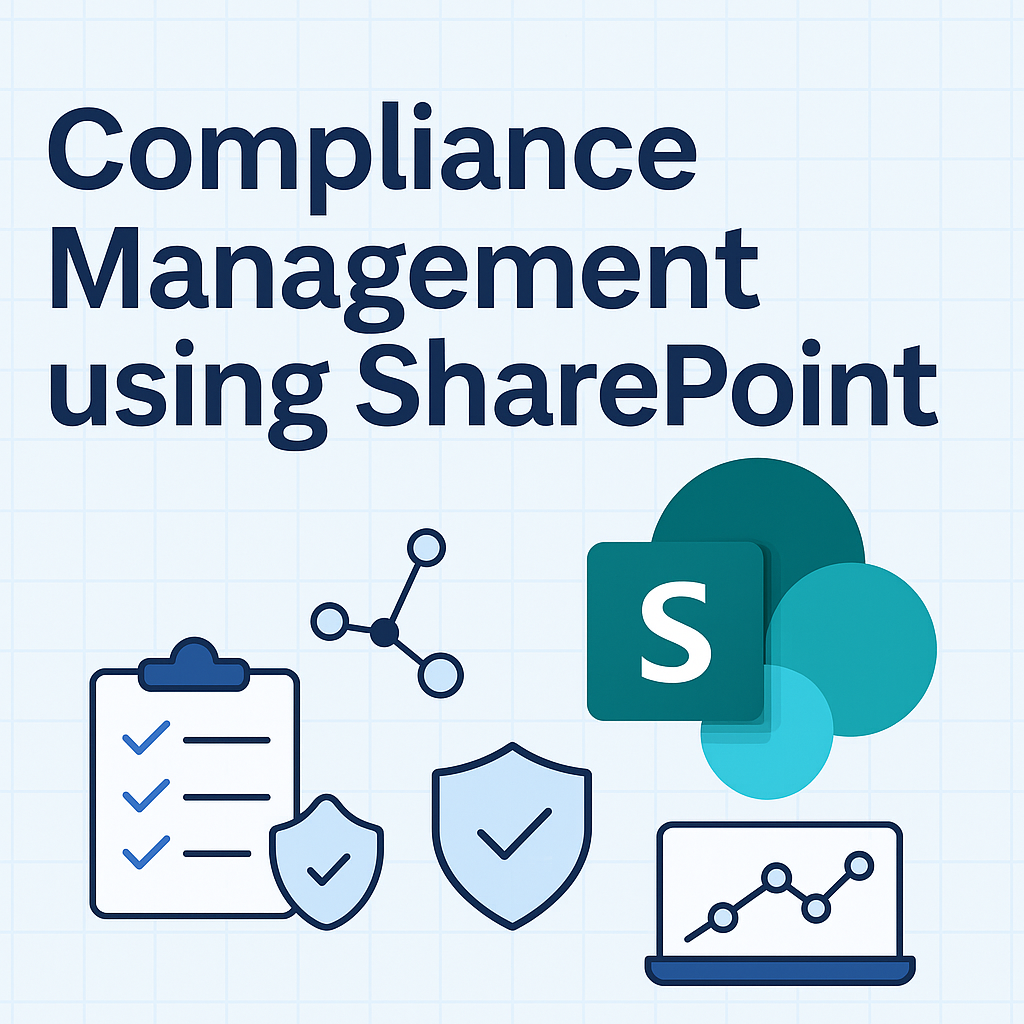Technology is advancing at an unprecedented pace, and businesses that fail to keep up with the latest advancements risk being left behind. Digital adoption is vital to business success in today’s digital age.
However, transitioning to new technologies can be challenging and requires careful planning, strategising, and execution. This blog post will discuss digital adoption strategies that can help your business transition seamlessly to new technologies.

1. Identify the Right Technology
The first step in digital adoption strategies is identifying the right technology for your business. Considering the wide range of technologies available, this can be a daunting task. Before making any decisions, assessing your business needs, budget, and goals is essential.
Research which technology will best suit your requirements and provide maximum benefits. This may involve talking to industry experts or consulting with vendors to gather information. Once you have narrowed your options, involve all stakeholders in decision-making to ensure buy-in and support.
2. Create a Roadmap
Once you have identified the right technology, it is time to create a roadmap. A roadmap should outline the digital adoption process’s objectives, timelines, and milestones.
Start by setting clear and measurable goals. These goals should align with your business objectives and help you achieve your desired outcomes. Next, determine the timeline for implementation and set milestones along the way. This will help you track progress and stay on schedule.
A communication plan is also an essential part of your roadmap. This should include how you will keep stakeholders informed throughout the transition. It’s crucial to ensure that everyone involved in the process is on the same page and can work towards achieving the set goals.
3. Train Your Team
One of the critical factors in ensuring a successful digital adoption is training your team. Investing in comprehensive training programs is crucial to ensure that your team is equipped with the skills and knowledge required to use the new technology effectively.
Training should be tailored to each team member’s needs and ongoing to keep them up to date with the latest technological trends. Consider providing training in various formats, such as internal training sessions and workshops, or hiring external trainers. Additionally, you must provide opportunities for your team to practice and apply their new skills to real-world scenarios.
4. Manage Change
The digital adoption process can be disruptive, and managing change is essential. Change management involves preparing your team for the changes during the transition process.
Communication is key during the change management process. It’s essential to communicate regularly and openly with your team to keep them informed and address any concerns they may have. Additionally, providing support during the transition process can help ease the change.
5. Monitor Progress
Monitoring progress is critical to the success of the digital adoption process. It’s essential to track metrics such as user adoption, system performance, and user satisfaction to evaluate the success of the digital adoption strategy.
Regular monitoring can help identify any issues early and make necessary adjustments to the digital adoption plan. Use the metrics to measure progress against the goals set out in the roadmap. Adjustments may be needed along the way, and regular monitoring can help you identify when changes are necessary.
6. Seek Outside Help
The digital adoption process can be overwhelming, and seeking outside help can be beneficial. Consulting with experts in the field can provide insights and guidance on navigating the digital adoption process.
Additionally, outsourcing certain process aspects, such as training or technical support, can free up your team’s time to focus on core business activities. Consider partnering with vendors or other companies specializing in the technology you are adopting digitally.
7. Continuously Innovate
Finally, continuously innovating is crucial to stay ahead of the curve. Technology is always evolving, and businesses must adapt to stay relevant.
Encourage your team to stay up to date with the latest technology trends and to continuously explore ways to leverage new technologies to drive business growth. This can involve investing in ongoing training, attending industry events, or even creating a culture of innovation within your organisation.
Conclusion
Digital adoption is essential for businesses looking to stay competitive in today’s digital age. However, it’s essential to have a solid digital adoption strategy in place to ensure a smooth transition to new technologies.
By following the above strategies, you can successfully navigate the digital adoption process and achieve your business goals. Remember to identify the right technology, create a roadmap, train your team, manage change, monitor progress, seek outside help, and continuously innovate.
If you want to adopt digitalisation in your business, contact us today to learn how we can help you seamlessly transition to new technologies.



